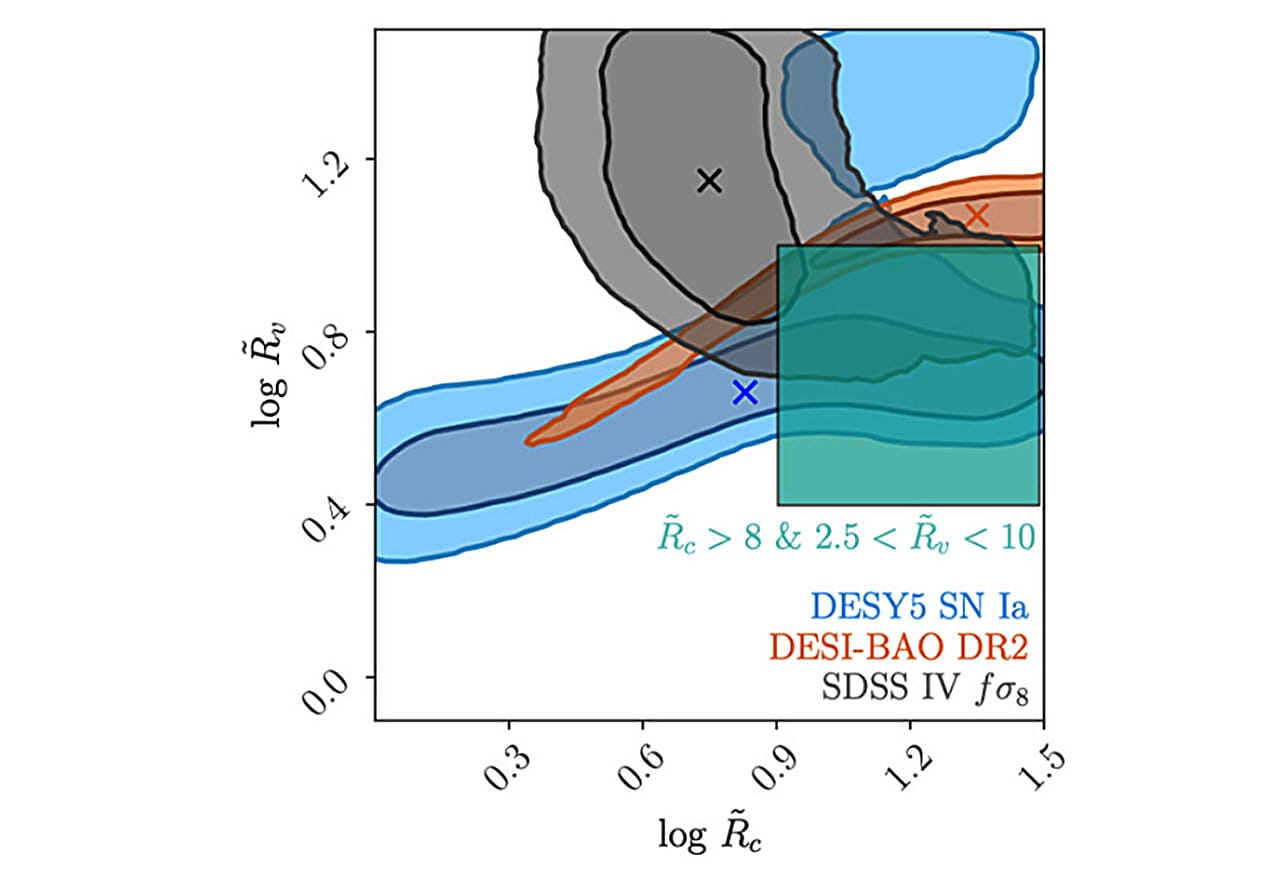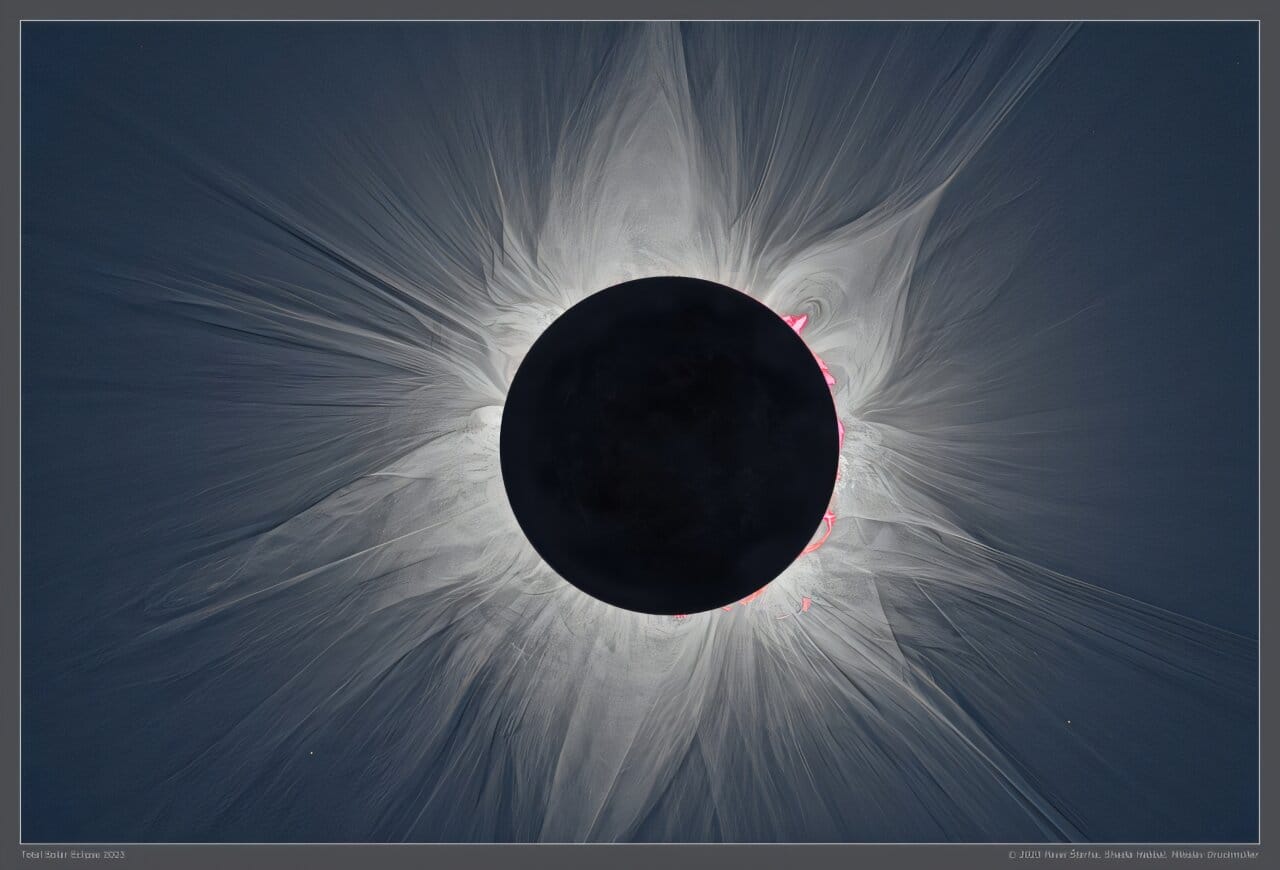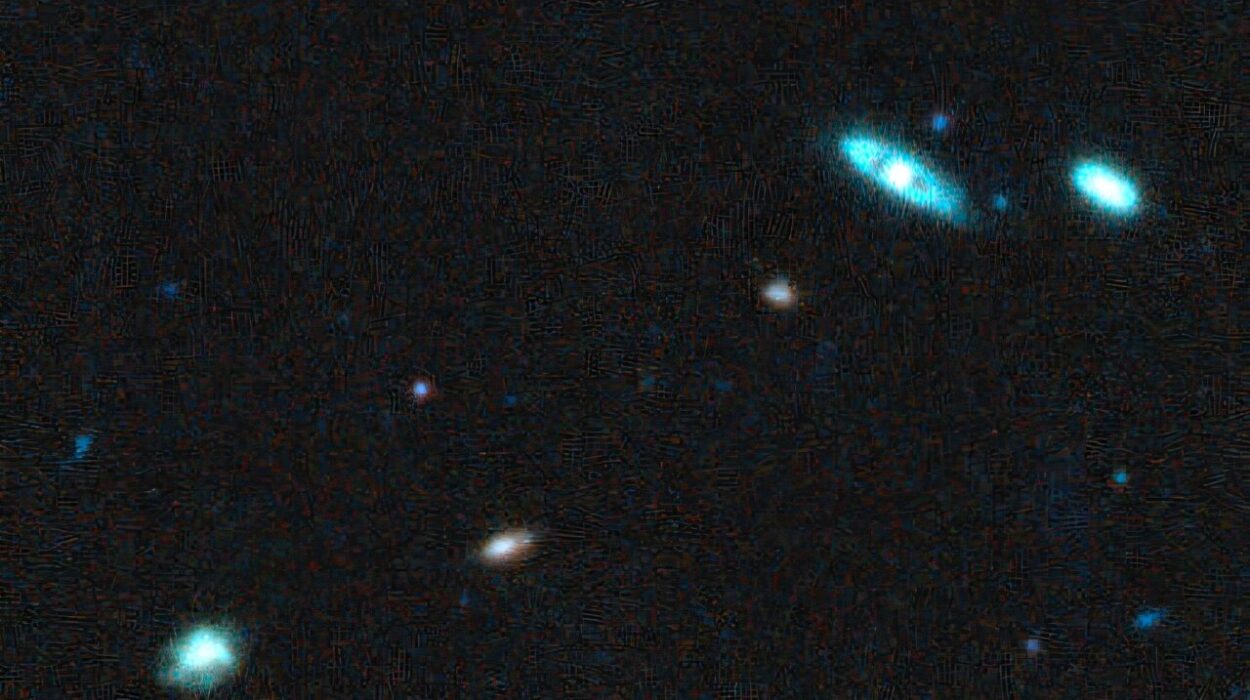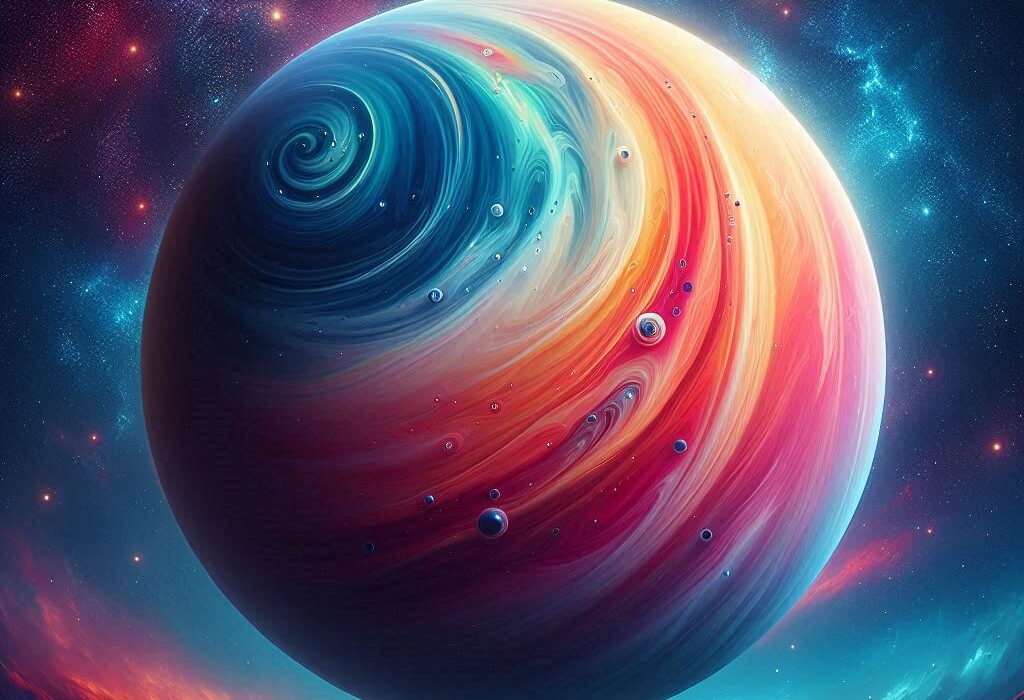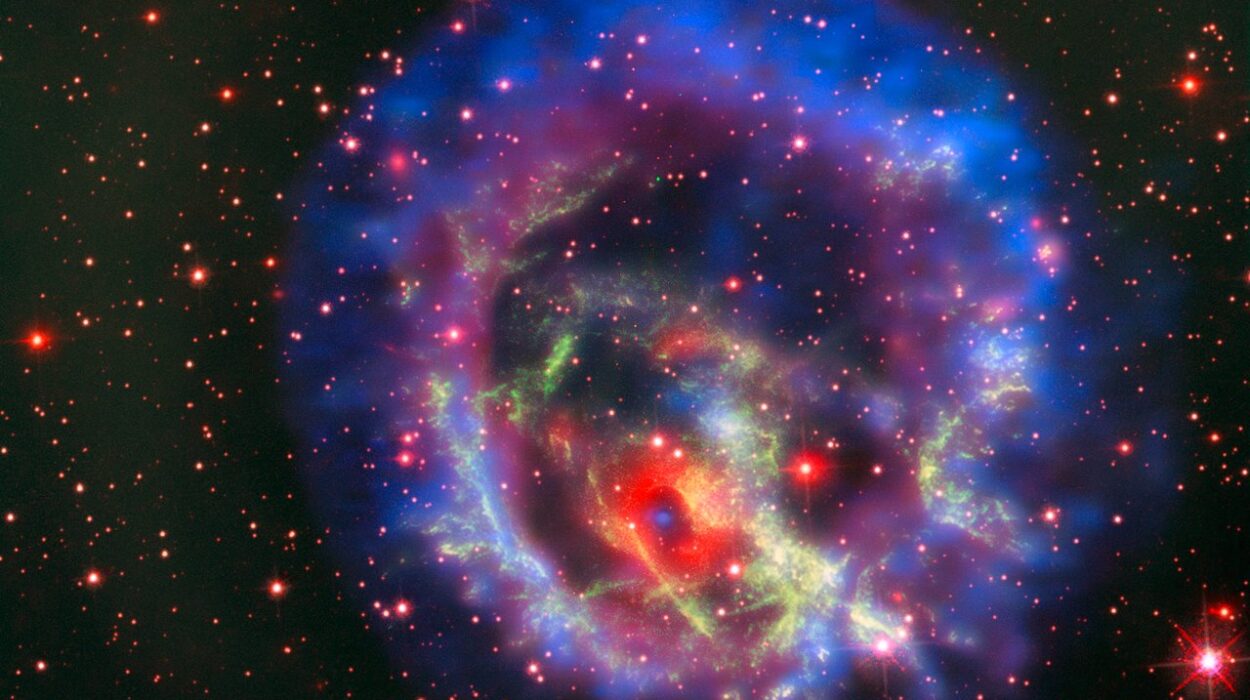When most of us imagine the universe, we think of glittering galaxies, vast star fields, and mysterious black holes floating in an endless sea of darkness. But for physicists, the challenge is not only to marvel at these wonders—it is to measure them, to explain their behavior, and to map the cosmos from the Big Bang to the present day.
For decades, cosmologists have relied on the “standard model” of the universe, a simplified framework that describes how matter and energy evolve over billions of years. In this model, matter is treated as if it were made of identical particles that do not interact with each other in any complex way. It’s a neat, elegant picture, but it has always been an incomplete one.
The truth is that our universe is messy and intricate. Stars burn out, black holes devour gas and light, galaxies merge in violent dances, and immense cosmic voids stretch like empty deserts between luminous oases of matter. These structures—clusters and voids—are constantly shaping the cosmos through gravity. Until now, the influence of these regions has been largely left out of cosmological models.
That is beginning to change.
A Breakthrough from the University of Queensland
At the University of Queensland, Dr. Leonardo Giani and his colleagues at the School of Mathematics and Physics have developed a bold new mathematical model that, for the first time, integrates collapsing regions of matter and expanding voids into our picture of the universe.
The team used data from the Dark Energy Spectroscopic Instrument (DESI), one of the most powerful surveys of the cosmos ever conducted. DESI has measured the large-scale structure of the universe out to an astonishing 11 billion light years, giving scientists a map that spans most of cosmic history.
By comparing this data with their new mathematical framework, Dr. Giani’s team has opened a fresh path forward in tackling some of cosmology’s deepest mysteries.
“This new model can change the way physicists and cosmologists look at the universe,” Dr. Giani explained.
Why the Old Picture Wasn’t Enough
The standard cosmological model has been a reliable guide for many years, but it is built on a major simplification: that matter particles are uniform, evenly spread out, and non-interacting. In reality, the cosmos is anything but uniform.
Galaxies form clusters—massive cities of stars bound together by gravity. Black holes lurk at their centers, devouring matter and shaping their environments. And then there are the voids—immense, nearly empty regions of space that stretch for hundreds of millions of light years.
For thirty years, cosmologists have tried to account for the effects of these complex structures, often turning to exotic new theories of dark matter or dark energy. But without a mathematical “recipe” to describe the influence of collapsing and expanding regions, their true impact has remained elusive.
Dr. Giani’s model changes that.
The Recipe for Complexity
At the heart of the new framework lies a deceptively simple question: how big does a void or cluster need to be in order to matter?
The team defined two critical thresholds. The minimum size of a void capable of influencing cosmological measurements is called R_v, while the minimum size of a collapsing region, such as a cluster, is called R_c.
By plotting DESI’s datasets against these parameters, the researchers could map out the influence of different cosmic structures. In theory, if the standard model were fully correct, all the data should overlap in a region where clusters and voids are so large that they shouldn’t exist in the first place.
But that’s not what happened.
Instead, the data overlapped in a completely different region—one that strongly suggests that large cosmic voids may be responsible for anomalies that have puzzled cosmologists for years.
Shedding Light on Cosmology’s Biggest Puzzles
The implications of the model are profound. It provides a potential solution to two of the thorniest problems in modern cosmology:
- The Hubble tension – a long-standing discrepancy between different methods of calculating how fast the universe is expanding.
- Dynamical dark energy – the idea that dark energy, the mysterious force accelerating cosmic expansion, may not be constant but might weaken or change over time.
The Hubble tension has divided the scientific community for years. Local measurements of nearby galaxies suggest one expansion rate, while observations of the early universe from the cosmic microwave background suggest another. These values refuse to align, leaving researchers scrambling for explanations.
Dr. Giani’s model provides a fresh way to bridge this gap. By factoring in the role of voids and collapsing regions, the model naturally generates results that fall into the “green box”—a region of the data where the Hubble tension is resolved.
As for dynamical dark energy, the model offers a subtle reinterpretation. Instead of requiring that dark energy itself is weakening, the model shows that the apparent changes might simply be the result of how cosmic structures influence our measurements. In other words, the universe may look as if dark energy is evolving, but this could be an illusion created by the complexity of matter’s distribution.
A Universe That Mirrors Reality
One of the most exciting aspects of Dr. Giani’s work is its elegance. The framework does not require the invention of exotic new physics or untested particles. Instead, it uses straightforward mathematical language to describe how real structures—clusters, galaxies, voids—shape our measurements.
In doing so, it brings the model of the universe closer to reality. The cosmos we observe is not smooth and featureless. It is textured, dramatic, and dynamic. Now, our models are beginning to reflect that truth.
Looking Forward
The publication of this research in Physical Review Letters signals a milestone in cosmology, but it is only the beginning. As new surveys come online—such as the Vera Rubin Observatory’s Legacy Survey of Space and Time and the Euclid space telescope—scientists will have even richer data to test this framework.
If Dr. Giani’s model continues to hold up, it may reshape our approach to some of the deepest questions in physics: What is the true nature of dark energy? Why is the universe expanding the way it is? And how does the cosmic web of matter, voids, and clusters influence the grand story of our universe?
For now, what is clear is that the universe is more than empty expansion. It is a living structure of collapse and growth, silence and light, voids and galaxies. With tools like this new model, we are finally beginning to capture its complexity in equations as well as in imagination.
A Step Closer to the Truth
Einstein once wrote that “the most incomprehensible thing about the universe is that it is comprehensible.” Models like the one developed at the University of Queensland are proof of that idea. They show that, even in the face of cosmic mystery, human ingenuity can bring clarity.
By weaving collapsing clusters and expanding voids into the tapestry of cosmology, Dr. Giani and his team have given us a universe that looks a little more like the one we see in the night sky—beautiful, intricate, and endlessly surprising.
More information: Leonardo Giani et al, Novel Approach to Cosmological Nonlinearities as an Effective Fluid, Physical Review Letters (2025). DOI: 10.1103/zr92-m7py. On arXiv: DOI: 10.48550/arxiv.2410.15295
